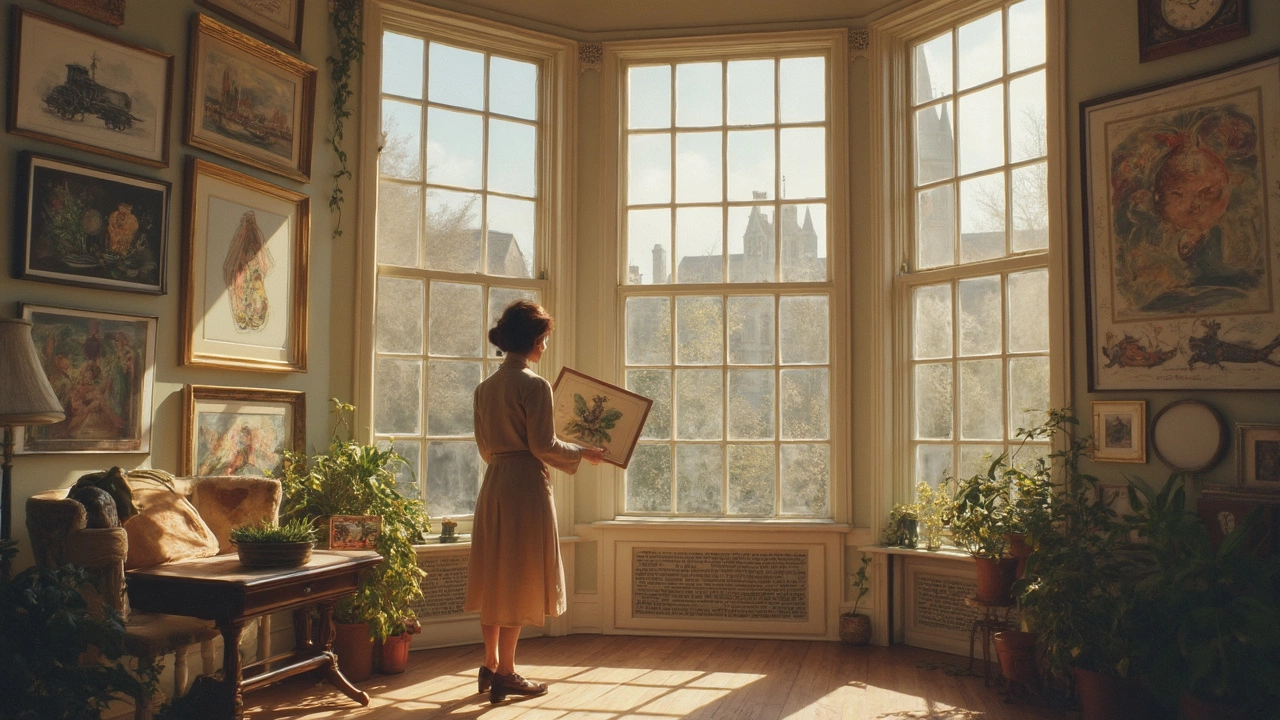Art Print Guide – Choose, Authenticate, and Value Your Prints
If you’ve ever walked into a gallery or scrolled online and wondered whether an art print is worth hanging on your wall, you’re not alone. Prints can look just as striking as originals, but the buying process has a few extra steps. Below you’ll find clear advice on picking a print that fits your space, checking if it’s genuine, and figuring out what it might be worth.
First, think about the room you’re decorating. A large, bold print works well in a living room with plenty of wall space, while a smaller, subtle piece can add intrigue to a hallway or office. Measure the wall, decide on a frame style, and imagine how the colors will interact with existing furniture. This quick visual check saves you from buying something that feels out of place later.
Finding the Right Print for Your Space
When you shop, compare the print’s resolution and size. High‑resolution prints look crisp up close, while low‑resolution images can appear blurry. Most reputable sellers list DPI (dots per inch) – aim for at least 300 DPI for a clean finish.
Next, check the printing method. Giclee prints, for example, are made with inkjet technology on archival paper or canvas and usually have a longer lifespan. If you see the term “giclee” in the description, that’s a good sign of quality. For more affordable options, look for prints on cotton‑based paper, but be aware they may fade faster if not properly sealed.
Budget matters, too. You can find budget‑friendly prints made from reclaimed materials or basic paper – perfect for a first‑time collector. Keep an eye on the price‑per‑square‑inch ratio; a wildly cheap large print may be a mass‑produced poster rather than a limited edition.
Authenticating and Valuing Prints
Signed prints add a layer of value, but not every signature means a high price. Look for a certificate of authenticity, a numbered edition, and details about the artist’s involvement. A genuine signed print often has the signature directly on the artwork, not just on a label.
To spot a fake giclee, examine the edges. Real giclee prints have a slight texture from the paper grain, and the ink should appear slightly raised under close inspection. If the print looks flat and glossy all over, it could be a standard digital reproduction.
Pricing varies by artist reputation, edition size, and condition. Limited editions (e.g., 1/50) command higher prices than open editions. Check recent auction results or online marketplaces for similar works to gauge a fair price.
Finally, protect your investment. Frame the print with UV‑protective glass, avoid direct sunlight, and keep humidity low. Proper care not only preserves the image but also keeps its resale value intact.
Choosing an art print doesn’t have to be overwhelming. By measuring your space, understanding printing methods, and checking authenticity, you can find a piece that looks great now and stays valuable later. Happy hunting!

10 Feb 2025
Exploring the distinction between art prints and regular prints can be a real eye-opener for art enthusiasts and buyers. An art print holds unique value due to the artist's involvement in its creation, whereas a print is often mass-produced and less personal. By understanding the nuances, you can make better-informed decisions for your art collection. Learn what sets art prints apart and why they might be the more treasured option.
Continue reading...
